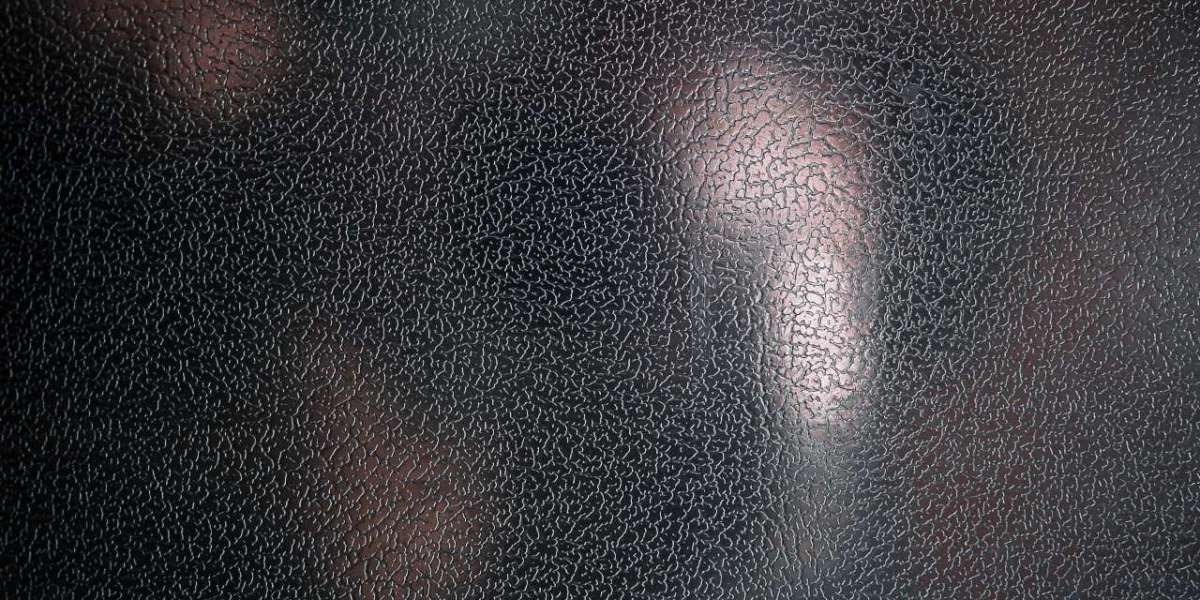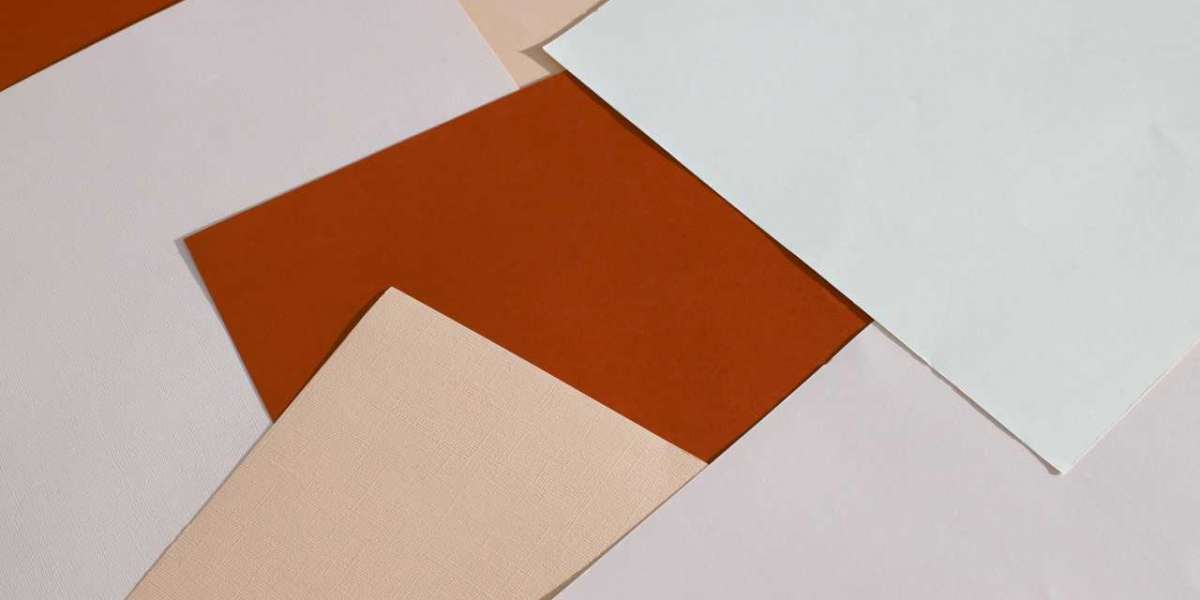When it comes to artisan cutlery, the craftsmanship and attention to detail are what truly set these knives apart. From the blade to the handle, every aspect of an artisan knife is meticulously designed and executed. In this blog post, we will explore the masterful detail that goes into creating these exquisite pieces of functional art.
The Blade: A Work of Precision
The blade is the heart of any knife, and in artisan cutlery, it is no different. From the choice of steel to the shaping and grinding process, every step is crucial in creating a blade that is not only sharp but also durable and aesthetically pleasing.
Artisan blades are often made from high-quality stainless steel or carbon steel, each with its own unique properties. Stainless steel blades are known for their corrosion resistance and ease of maintenance, while carbon steel blades offer superior sharpness and edge retention.
One of the key aspects of blade craftsmanship is the grinding process. This is where the blade is shaped and honed to achieve the desired cutting edge. Different types of grinds, such as flat, hollow, or convex, can be used to create different cutting characteristics. For example, a hollow grind is ideal for slicing and precision work, while a convex grind provides more durability and chopping power.
The Handle: Ergonomics and Aesthetics
The handle of an artisan knife is not only a functional component but also a work of art in itself. It should provide a comfortable grip and allow for precise control during use. Additionally, the handle material should be durable and resistant to moisture and temperature changes.
Handles can be made from a variety of materials, including wood, bone, horn, or synthetic materials like G10 or Micarta. Each material has its own unique properties and aesthetic appeal. For example, wood handles offer a warm and natural feel, while synthetic materials provide excellent durability and grip.
Artisan knife handles are often meticulously shaped and contoured to fit the hand perfectly. This ensures a comfortable and secure grip, reducing the risk of accidents during use. The handle design may also incorporate decorative elements such as inlays, engravings, or textured patterns, adding to the overall beauty of the knife.
Attention to Detail: Bolsters, Spines, and Tangs
Artisan cutlery goes beyond just the blade and handle. The details in the bolster, spine, and tang of a knife contribute to its overall functionality and aesthetics.
The bolster is the thickened area between the blade and the handle. It provides balance to the knife and adds strength to the construction. A well-crafted bolster seamlessly transitions from the blade to the handle, creating a visually appealing and ergonomic design.
The spine of a knife is the top edge opposite the cutting edge. It can be left straight or shaped for added aesthetics. Some artisans incorporate filework or decorative grooves along the spine, showcasing their skill and attention to detail.
The tang is the portion of the blade that extends into the handle. A full tang, where the blade extends the entire length of the handle, is often preferred for its strength and durability. The tang can also be hidden within the handle, known as a hidden tang, or partially exposed, known as a partial tang.
From Blade to Handle: The Art of Artisan Cutlery
From the blade to the handle, every aspect of artisan cutlery is a testament to the skill and dedication of the craftsman. The attention to detail, choice of materials, and precision in execution result in knives that are not only functional tools but also works of art.
Whether you are a professional chef, a collector, or simply appreciate the beauty of well-crafted objects, artisan cutlery offers a unique experience. The next time you hold a finely crafted knife in your hand, take a moment to appreciate the masterful detail that went into its creation.







